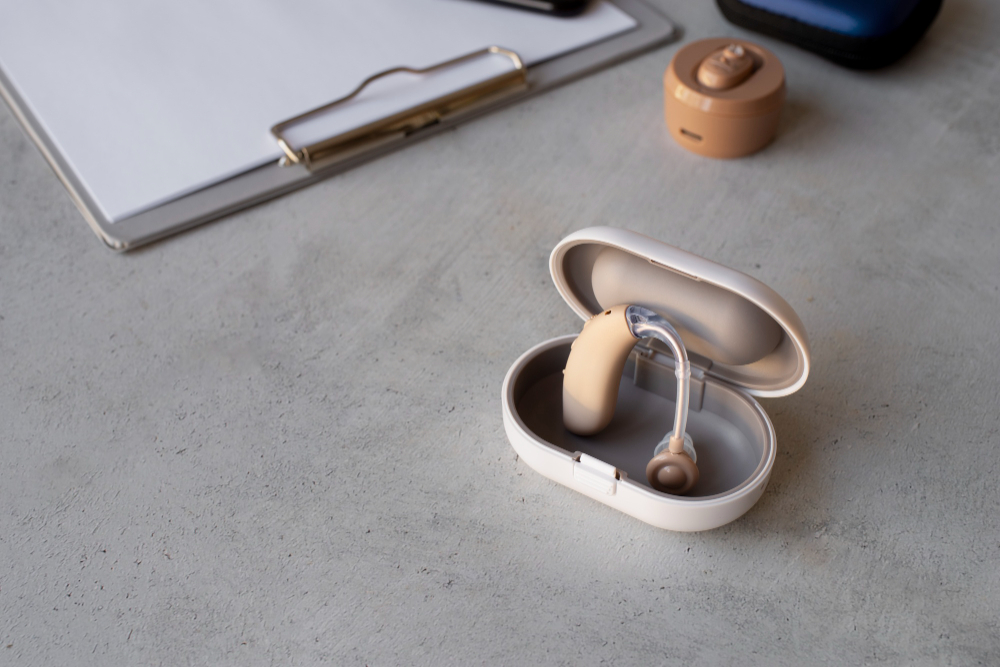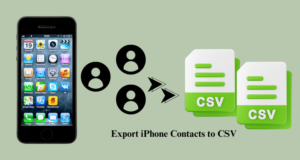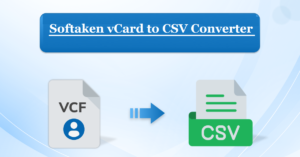How to Properly Maintain Your Rechargeable Hearing Aids
- 1 Different Types of Rechargeable Hearing Aids
- 2 Benefits of Using Rechargeable Hearing Aids
- 3 Daily Maintenance Tips
- 3.1 Tools and Supplies Needed for Cleaning
- 3.2 Step-by-Step Cleaning Process
- 3.3 Inspecting for Damage or Wear
- 3.4 What to Look For
- 3.5 When to Seek Professional Help
- 3.6 Charging Your Hearing Aids
- 3.7 Storing Your Hearing Aids
- 3.8 Regular Professional Check-ups
- 3.9 Troubleshooting Common Issues
- 3.10 DIY Solutions and When to Seek Professional Help
- 3.11 Additional Tips for Prolonging the Life of Your Hearing Aids
- 4 Conclusion
Rechargeable hearing aids have revolutionized the world of hearing assistance devices. They offer the convenience of not regularly replacing batteries, a significant advantage for users. However, proper maintenance is crucial to ensure that these devices continue to function optimally. This article provides comprehensive tips on maintaining your rechargeable hearing aids and ensuring their longevity and performance.
Rechargeable hearing aids are equipped with built-in batteries that can be recharged, typically using a docking station or USB charger. These batteries are designed to last for an extended period before needing replacement, often several years.
Different Types of Rechargeable Hearing Aids
There are several types of rechargeable hearing aids, including:
- In-the-Ear (ITE) Hearing Aids: Custom-made to fit within the ear.
- Behind-the-ear (BTE) Hearing Aids Rest behind the ear and are connected to an earmold inside the ear canal.
- Receiver-in-Canal (RIC) Hearing Aids: Similar to BTE but with a receiver in the ear canal, connected by a thin wire.
Benefits of Using Rechargeable Hearing Aids
- Convenience: No need to buy and replace batteries frequently.
- Cost-Effective: Saves money over time compared to purchasing disposable batteries.
- Environmentally Friendly: Reduces waste from used batteries.
- Consistent Power: Provides reliable performance without the risk of sudden battery depletion.
Daily Maintenance Tips
Regular cleaning prevents wax buildup, which can affect sound quality and device performance. Clean hearing aids also reduce the risk of infections.
Tools and Supplies Needed for Cleaning
- Soft, dry cloth or tissue
- Cleaning brush or soft-bristled toothbrush
- Wax removal tool
- Hearing aid cleaning wipes (optional)
Step-by-Step Cleaning Process
- Wipe the exterior: Use a soft, dry cloth to wipe the hearing aids daily.
- Brush the microphone and receiver: Gently use a cleaning brush to remove debris.
- Check and clean the wax guard: Use the wax removal tool to clear blockages.
- Clean the charging contacts: Ensure the contacts on the hearing aids and charger are clean.
Inspecting for Damage or Wear
Regularly inspect your hearing aids for any signs of physical damage, such as cracks or loose components.
What to Look For
- Cracks or breaks in the casing
- Loose or frayed wires
- Visible wax buildup in the receiver
When to Seek Professional Help
If you notice any damage or the hearing aids are not functioning correctly, contact your audiologist or hearing aid provider.
Charging Your Hearing Aids
Ensure you use the charger provided with your hearing aids, as other chargers may not be compatible or could damage the device.
Using the Correct Charger: Always use the charger supplied by the manufacturer to avoid compatibility issues and potential damage.
Ensuring a Stable Power Supply: Plug the charger into a stable power source to ensure consistent charging. Avoid using power sources that may experience frequent interruptions.
Best Practices for Charging
- Recommended Charging Frequency: Charge your hearing aids every night to ensure they are fully powered for the next day.
- Avoiding Overcharging: While most modern hearing aids have protection against overcharging, it’s still best to unplug them once fully charged.
- Tips for Extending Battery Life: Avoid exposing the hearing aids to extreme temperatures and ensure they are dry before charging.
Storing Your Hearing Aids
Proper Storage Conditions: Store your hearing aids in a cool, dry place when not in use to protect them from moisture and dust.
Avoiding Extreme Temperatures and Humidity: High temperatures and humidity can damage the internal components of your hearing aids. Avoid leaving them in places like the bathroom or car.
Using a Dedicated Storage Case: Always store your hearing aids in their designated case to protect them from physical damage and to keep them clean.
Travelling with Your Hearing Aids: When travelling, take extra care to protect your hearing aids from damage and ensure you have all necessary accessories, including the charger and cleaning tools.
Protective Measures
- Use a hard case for additional protection.
- Keep hearing aids away from liquids and extreme temperatures.
Ensuring You Have the Necessary Accessories: Pack extra supplies like cleaning tools, wax guards, and a backup charger.
Regular Professional Check-ups
Importance of Regular Check-ups with Your Audiologist: Regular check-ups help ensure your hearing aids function correctly and allow for professional cleaning and maintenance.
What to Expect During a Check-up
- Professional Cleaning: Deep cleaning to remove any debris not accessible at home.
- Performance Checks and Adjustments: Ensure optimal performance and make any necessary adjustments.
Frequency of Visits: Schedule check-ups at least twice a year or as your audiologist recommends.
Troubleshooting Common Issues
- Poor Sound Quality: Often caused by wax buildup or internal damage.
- Connectivity Issues: Problems with connecting to devices via Bluetooth or other wireless methods.
- Short Battery Life: This may indicate a need for a battery replacement or adjustment in usage habits.
DIY Solutions and When to Seek Professional Help
- Poor Sound Quality: Clean the hearing aids and check for blockages. If the issue persists, contact your audiologist.
- Connectivity Issues: Re-pair the hearing aids with your device and ensure the software is up-to-date. Seek professional help if the problem continues.
- Short Battery Life: Charge fully and avoid frequent short charging sessions. If battery life does not improve, contact your hearing aid provider.
Additional Tips for Prolonging the Life of Your Hearing Aids
Keep your hearing aids dry and clean. Remove them before showering or swimming, and wipe them down if exposed to sweat or moisture.
Handling Your Hearing Aids with Care: Handle your hearing aids gently to avoid physical damage. Avoid dropping them and store them securely.
Keeping Up with Software Updates: Ensure your hearing aids have the latest firmware updates to maintain optimal performance and address software-related issues.
Conclusion
Maintaining your rechargeable hearing aids properly ensures their longevity and optimal performance. Following the tips in this article, you can keep your hearing aids in top condition and enjoy clear, reliable sound for years to come. Adopting a regular maintenance routine will enhance your hearing experience and protect your investment.

















